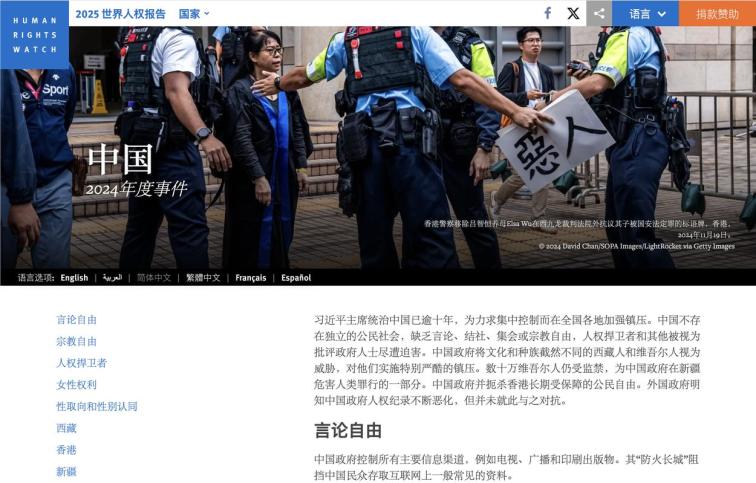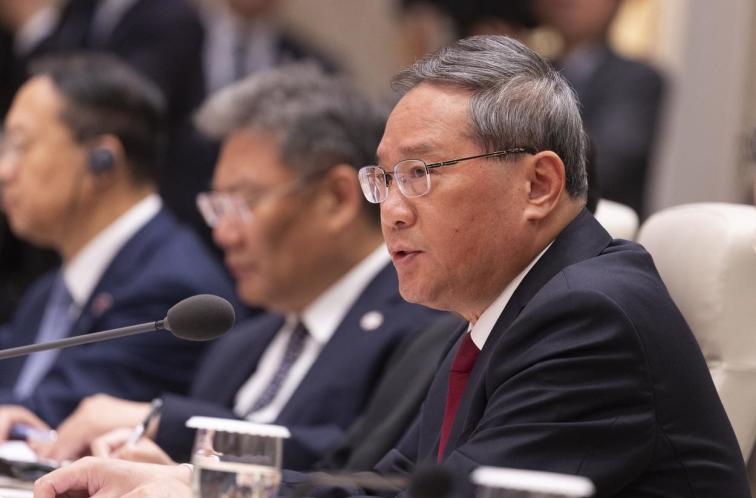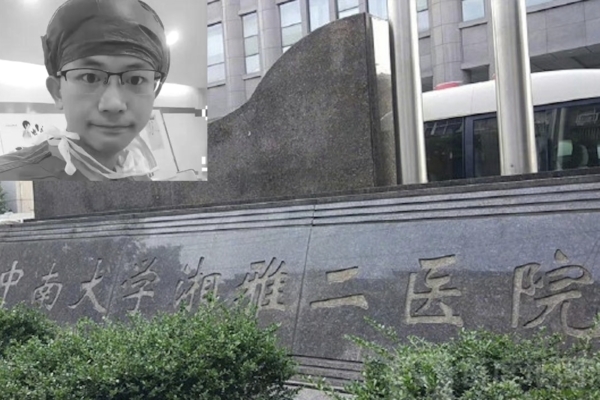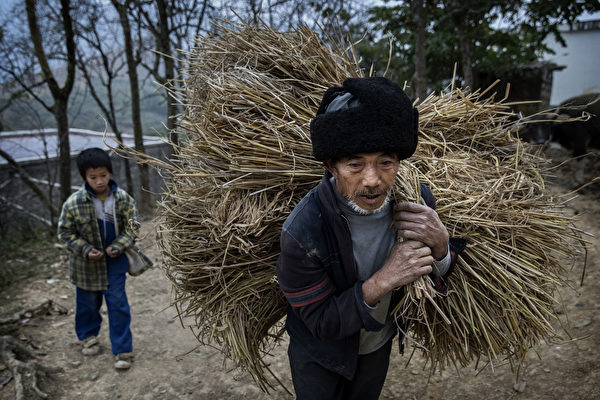CIA Director John Ratcliffe believes the video can break through the "Great Firewall" and reach the intended audience. (Video screenshot)
[People News] On July 19, current affairs commentator Jiang Feng remarked on his personal channel that something unusual has been happening on the CCP mouthpiece media outlets in recent days. It's not about who has appeared, but rather who has disappeared. For instance, on July 18, both People’s Daily Online and Xinhua News Agency failed to feature Xi Jinping, who typically dominates the front pages. Instead, Peng Liyuan, Xi’s wife, suddenly appeared in coverage. Jiang pointed out: “This doesn’t seem like something done by the propaganda department. On the contrary, it looks like something they didn’t dare to touch.”
This outcome appears to be linked to growing efforts within the CCP officialdom to suppress Xi Jinping’s status as the unchallenged “core” leader — a sign of significant shifts underway in the Chinese political system.
Since coming to power in 2012, Xi Jinping has gradually established numerous central-level committees and leadership groups, personally heading many of them. This allowed him to quickly amass sweeping power, becoming a dominant, authoritarian figure. However, after the Politburo convened on June 30 to deliberate the "Regulations on the Work of Central Party Decision-Making and Deliberation Coordination Mechanisms", many analysts believe that the CCP’s senior establishment — often referred to as the “old guard” — has begun reclaiming authority from Xi. With provincial and municipal governments now actively “studying” the new regulations, it is apparent that CCP officials are choosing sides, signalling a forthcoming political shakeup.
Koji Nakazawa, a veteran contributor to Nikkei Asia and long-time observer of Beijing politics, wrote that there appears to be a growing effort within the CCP to curb Xi Jinping’s excessive concentration of power. According to insiders familiar with China's political and economic landscape, signs of a shift in Beijing’s internal atmosphere began emerging as early as June. Even regions closely associated with Xi — such as Zhejiang and Shanghai — have started aligning with this new direction, which is attracting close attention. For example, on July 15, the Zhejiang Provincial Party Standing Committee held a meeting chaired by Party Secretary Wang Hao to study the Politburo’s new regulations. They went further by offering additional interpretations, emphasising that the Party’s decision-making, review, and coordination mechanisms must be streamlined and regulated, setting firm boundaries for how the internal Party system should operate.
Nakazawa pointed out that local officials are highly sensitive to political signals from Beijing. Therefore, a reconfiguration of the CCP’s political structure could be on the horizon.
He also noted that amid the ongoing wave of central ministry restructuring, the CCP’s internal control model has already extended to the provincial level, placing local governments under intense pressure for organisational reform and diminishing administrative autonomy. The new regulations introduced by the Politburo are viewed as a move by Beijing’s top leadership to regain control over a bureaucratic system that has spun out of balance.
According to his article, 23 out of the 24 members of the CCP Politburo — including all 7 Politburo Standing Committee members such as Xi Jinping — attended the June 30 meeting. With the potentially pivotal Beidaihe Conference approaching in August, followed by the 4th Plenary Session of the CCP’s 20th Central Committee later this year, Nakazawa believes a restructuring of Beijing’s power architecture is likely.










News magazine bootstrap themes!
I like this themes, fast loading and look profesional
Thank you Carlos!
You're welcome!
Please support me with give positive rating!
Yes Sure!